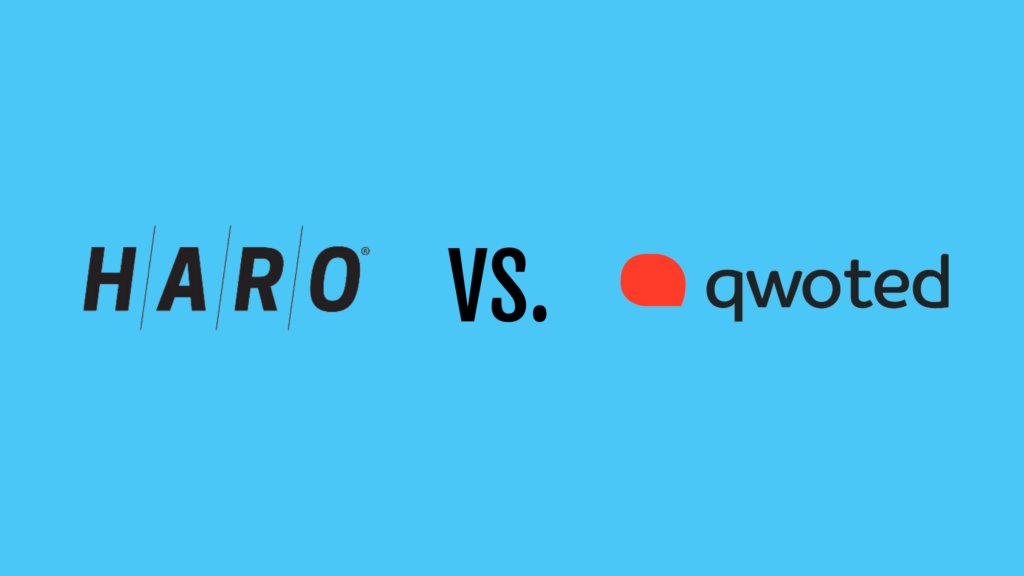Landing any story starts with finding the right reporters. BIGfish’s team of publicists knows how to get press, securing relevant coverage that puts our clients in front of the audiences who matter. While we’re skilled at targeting the right reporter for every story and news moment, sometimes, the right reporters find us.
Reporters receive hundreds – even thousands – of PR pitches per day. When working on assignment, they may also put a “journalist request” for relevant sources, which are prime opportunities for publicists to capitalize on for our clients using #journorequest or platforms like HARO or Qwoted.
What is a journalist request?
Reporters need background, assets, insights, and expert commentary to back up their stories. BIGfish has relationships with dozens of top tier media who will come to us when working on a story, but they may also use Twitter, LinkedIn, Qwoted, HARO, or other platforms to put out a request for commentary, information, or insight needed for their story. These requests often include the types of sources they’re open to (PhDs, C-Suite, engineers, women in tech, etc.), what topic they’re covering, how to contact them, their deadline, and more.
When responding to a journalist’s requests, publicists must be specific and address exactly what the reporter needs – we don’t waste reporters’ time responding to a request with an irrelevant opportunity or when we can’t deliver on deadline. When we identify these requests, it’s a race against the clock to get our clients on board, pull together the information needed, and coordinate interviews in time for their deadline.
To successfully respond to a journalist request, follow these best practices:
- Be timely. Most requests have a deadline, make sure to respond before it’s over and secure your spokesperson’s availability within the reporter’s window.
- Be relevant. Don’t pitch a reporter on a similar or off-base topic. They’re already working for a story and not open to new ideas at this time. Either you have the assets and spokesperson to meet their needs, or you have a story for another day.
- Be concise. Reporters don’t want to weed through paragraphs to find the relevant information – and they won’t. Lengthy responses will be ignored. When responding, make what you’re offering clear and concise to read.
These best practices are necessary to secure coverage from any journalist request, but certain platforms have more specific requirements. Learn more about how to use Qwoted and HARO to land media coverage:
HARO
HARO, “Help A Reporter Out,” is operated by media database Cision with the goal to connect “journalists seeking expertise to include in their content with sources who have that expertise.” To access the requests, users can sign up for the HARO email newsletters, which are delivered three times daily, in the morning, afternoon, and evening. When signing up for HARO, users can select relevant topics for themselves, clients, or sources – from technology to health to lifestyle, and more.
Most HARO requests detail what the reporter is looking for, such as images, questions, interview availability, etc. HARO’s quirk is how to respond to a reporter – each request includes a temporary email address for the reporter, make sure to use it or otherwise follow their instructions for how they’d like to be contacted! If you use the temporary email address, make sure to organize links in your email as HARO will automatically unfurl hyperlinks, making your emails look messy and hard to read.
Qwoted
Qwoted is a media networking tool that aims to connect “media with brands, experts and small businesses. We’re helping people around the world tell their stories by revolutionizing the traditional media market with advanced tech and AI.” Qwoted is free, but it has paid models that allow you to respond faster to get in front of journalists.
To start, sign up for relevant topics for a daily or to-the-minute newsletter of requests, and users can also browse the platform to see requests by any topic (computing, travel, consumer electronics, SaaS, AI, and more). When a request goes live, users with the free version must wait two hours to unlock more information about it and access the reporter; the paid version gives users an edge with instant access to review and pitch the request. Responses are conducted within the platform, and note – it doesn’t allow hyperlinking so links, sources, and supportive information must be concise and easy-to-read.
In addition to responding to requests, users can add themselves or their thought leaders to Qwoted’s Expert Hub, with a profile showing their title, company, past media inclusions, topics they can speak to, and more.
What’s Next?
Both HARO and Qwoted offer valuable services for those seeking to connect with media opportunities. While HARO offers a wider range of subscription plans with varying features, Qwoted focuses on providing advanced filtering options and personalized alerts for its Pro plan subscribers. It’s important to note that both platforms have a free Basic plan, making it easy for anyone to get started. Additionally, HARO’s Standard, Advanced, and Premium plans range from $19/month to $149/month, while Qwoted’s Premium plan offers custom pricing. Ultimately, the choice between the two platforms depends on your specific needs and budget.
With an understanding of how to respond to a journalist request and the tools to use, it’s time to take advantage of journalist requests. Sign up for HARO, Qwoted, and monitor the #journorequest hashtag on social networks to monitor for relevant requests. Over time, you may find opportunities in one place more than others – or maybe, opportunities will pop up in all places.
Being proactive can make securing journalist requests even more successful. Prepare media facing documents like press kits, backgrounders, spokesperson bios, and more in advance, as well as the company news page recent news and background are easy to share with reporters in response to their request.
Finding and responding to journalist requests are only a small piece of a successful PR program. BIGfish monitors requests and builds relationships with journalists in a variety of industries to keep our clients in the news, and we pair this with a proactive news and PR outreach strategy so that we’re never waiting for an opportunity – we’re bringing them to our clients.


